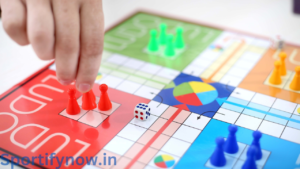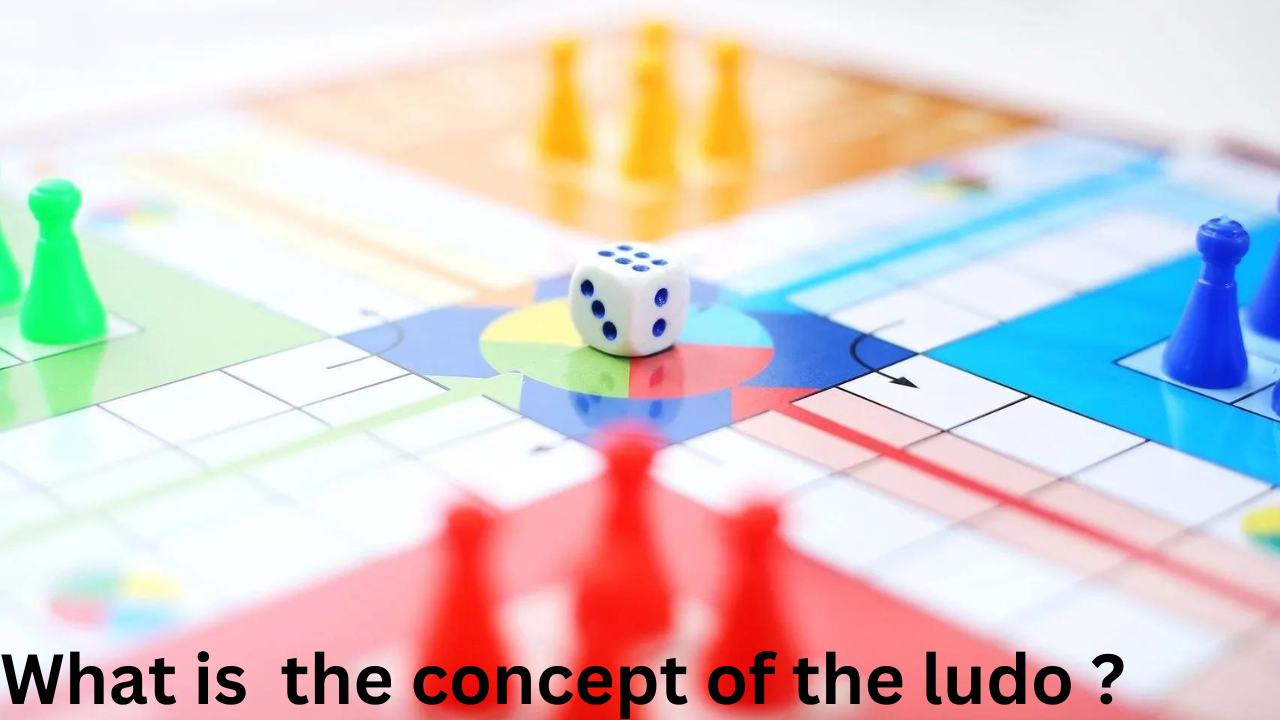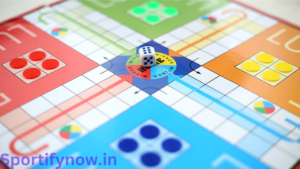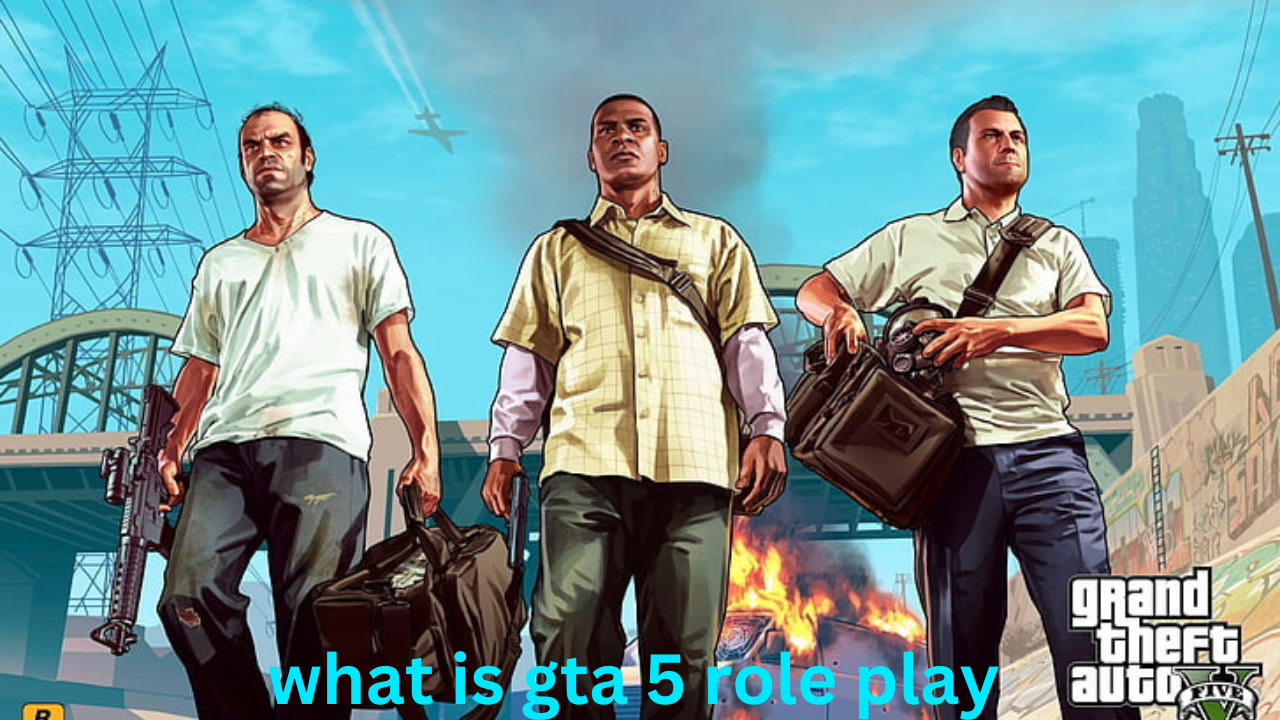INTRODUCTION
Ludo is a strategy board game for two to four players, in which the players race their four tokens from start to finish according to the rolls of a single die. The game is derived from the Indian game Pachisi but has simpler rules and is more popular in various countries under different names.
Key Concepts of Ludo:

{ ES GAME KA YE CONCEPT YE HEIN KE LOG PURANE JAMANE KE GAME KO NA BHULE LUDO OR SANP SEDE KHELNA NA BHULE }
1.Board Layout
The Ludo board is typically a square with a cross-shaped play space. Each arm of the cross has three columns of squares, usually of a single color: red, green, yellow, and blue.
2.Starting Area
Each player has a starting area where their four tokens begin. The tokens are placed in this area at the beginning of the game.
3.Home Column
Each player has a home column, which is a specific path leading to the center of the board. The tokens must travel down this column to reach the finish.
4.Movement
Players take turns rolling a single die to move their
tokens. The number rolled determines the number of squares a token can move. A token can only move out of the starting area if the player rolls a six.
5.Capturing
If a player’s token lands on a square occupied by an opponent’s token, the opponent’s token is sent back to their starting area.
6.Winning
The goal is to move all four tokens around the board and into the home column. The first player to get all their tokens to the finish wins the game.
Gameplay:
1.Starting the Game
Players roll the die, and the player with the highest roll goes first. Play then proceeds clockwise around the board.
2.Rolling a Six
Rolling a six allows the player to move a token out of the starting area. It also grants the player another turn.
3.Token Movement
Tokens move clockwise around the board. A token must complete one full circuit before entering the home column.
4.Blocking
Some versions of the game allow blocking, where a player can place two or more tokens on the same square to block other players’ tokens.
5.Entering the Home Column
Once a token completes a circuit, it enters the player’s home column. The token can only move into the final space by an exact roll of the die.
6.Winning
The game continues until one player successfully moves all their tokens to the finish. The remaining players can continue to play to determine second, third, and fourth places.
{ ES GAME MEIN LUDO KE UNDER 6 LOG EK SAATH KHEL SKTE HEIN AAP KE PURI FAMILY EK SAATH KHEL SKTE HEIN GAME MEIN }
Strategy
1.Balancing Risk and Reward
Deciding when to bring new tokens into play versus advancing tokens already in motion.
2.Positioning
Strategically positioning tokens to capture opponents’ tokens and avoid being captured.
3.Managing Dice Rolls
Making the most of the dice rolls, especially the strategic use of rolling sixes.
Ludo is a game of chance, influenced by the roll of the dice, but it also involves strategic decision-making and planning.





